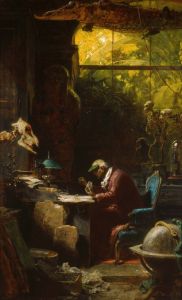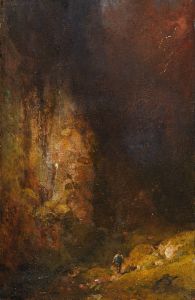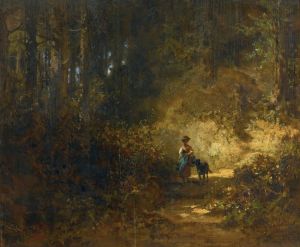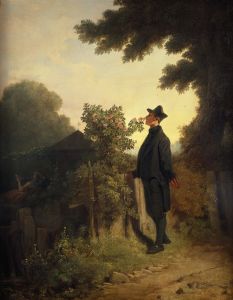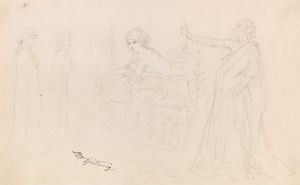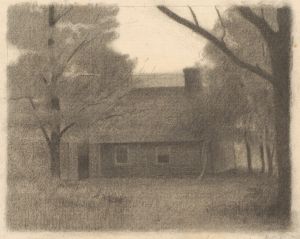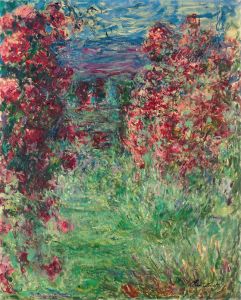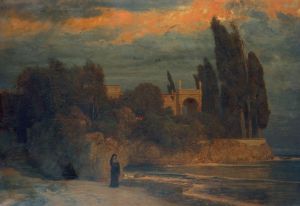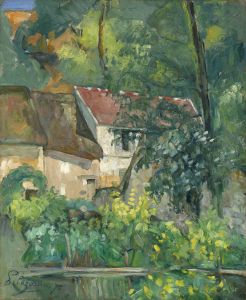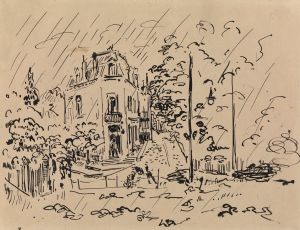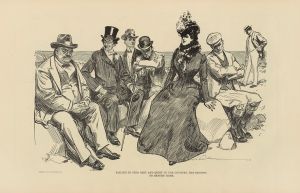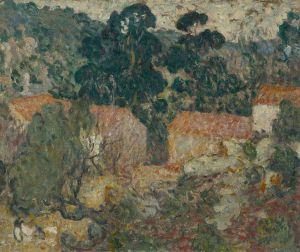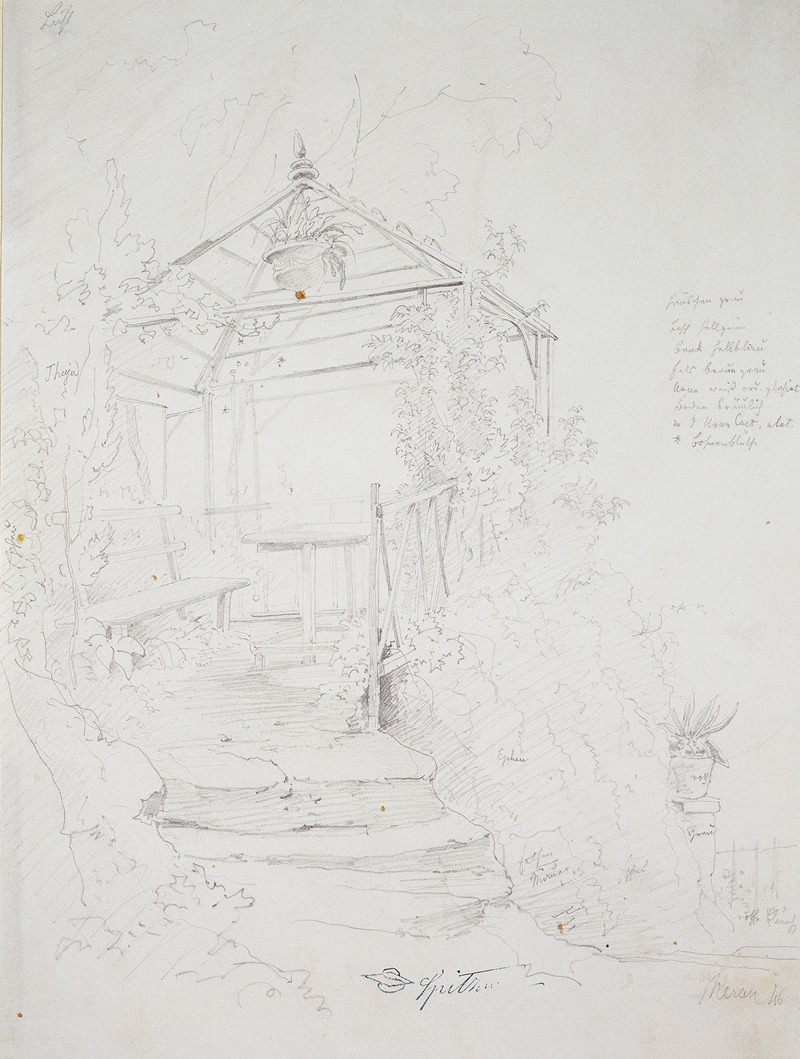
Summer house in Meran
A hand-painted replica of Carl Spitzweg’s masterpiece Summer house in Meran, meticulously crafted by professional artists to capture the true essence of the original. Each piece is created with museum-quality canvas and rare mineral pigments, carefully painted by experienced artists with delicate brushstrokes and rich, layered colors to perfectly recreate the texture of the original artwork. Unlike machine-printed reproductions, this hand-painted version brings the painting to life, infused with the artist’s emotions and skill in every stroke. Whether for personal collection or home decoration, it instantly elevates the artistic atmosphere of any space.
Carl Spitzweg was a renowned German romanticist painter, known for his detailed and often whimsical depictions of everyday life. One of his works, "Summer House in Meran," exemplifies his unique style and attention to detail. Although specific information about this particular painting is limited, it is consistent with Spitzweg's broader body of work, which often captures the charm and tranquility of 19th-century European life.
Spitzweg was born on February 5, 1808, in Unterpfaffenhofen, Bavaria, and initially pursued a career in pharmacy before turning to art. His self-taught artistic journey began after he fell ill and used his convalescence period to explore painting. He became one of the most beloved artists of the Biedermeier period, a time characterized by a focus on the domestic and the idyllic.
"Summer House in Meran" likely reflects Spitzweg's fascination with the picturesque and serene landscapes that were common in his works. Meran, known today as Merano, is a town in South Tyrol, northern Italy, famous for its mild climate and beautiful scenery. During the 19th century, it was a popular destination for those seeking rest and recuperation, which aligns with the themes of leisure and tranquility often found in Spitzweg's paintings.
Spitzweg's works are known for their narrative quality, often depicting solitary figures or small groups engaged in quiet, everyday activities. His paintings frequently include elements of humor and irony, subtly commenting on the social norms of his time. The use of light and color in his works is notable, as he often employed a warm palette to create inviting and intimate scenes.
While specific details about "Summer House in Meran" are scarce, it can be inferred that the painting captures a moment of peaceful retreat, possibly featuring a summer house set against the backdrop of Meran's lush landscapes. Spitzweg's attention to detail and ability to convey emotion through his subjects and settings would likely be evident in this work, as in his other paintings.
Spitzweg's legacy endures through his contributions to the romanticist movement and his ability to capture the essence of 19th-century life with charm and subtlety. His works continue to be celebrated for their technical skill and the warmth they convey, offering viewers a glimpse into a world where simplicity and beauty are intertwined.
In summary, while specific information about "Summer House in Meran" is limited, it is representative of Carl Spitzweg's broader oeuvre, characterized by its focus on idyllic scenes, narrative depth, and a gentle humor that invites viewers to appreciate the quiet moments of life.





